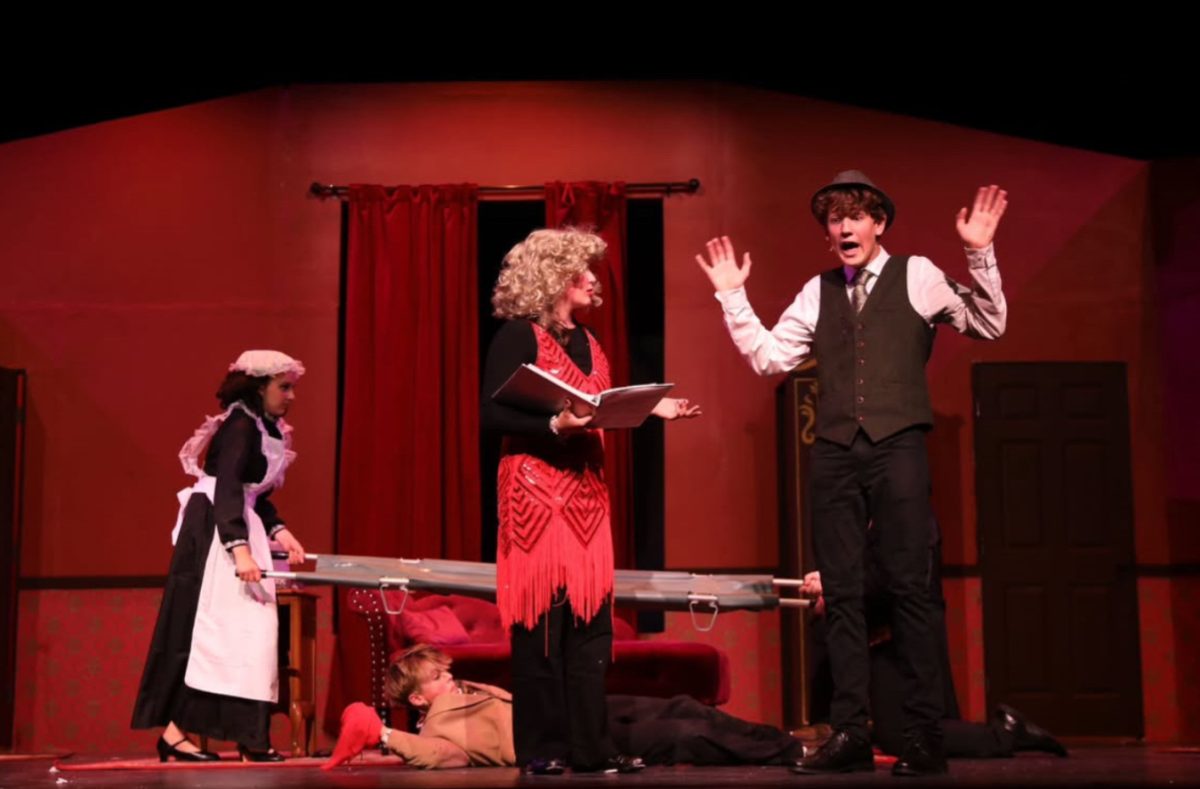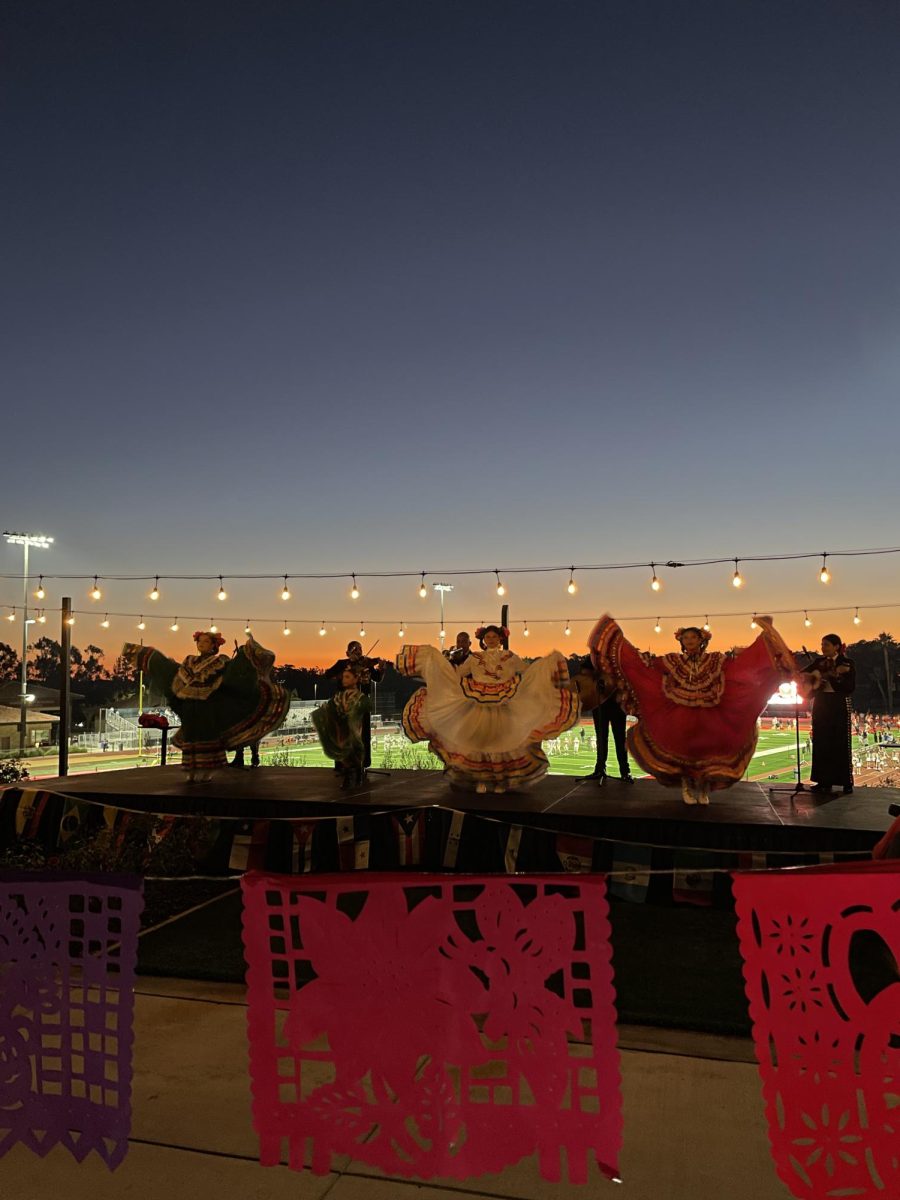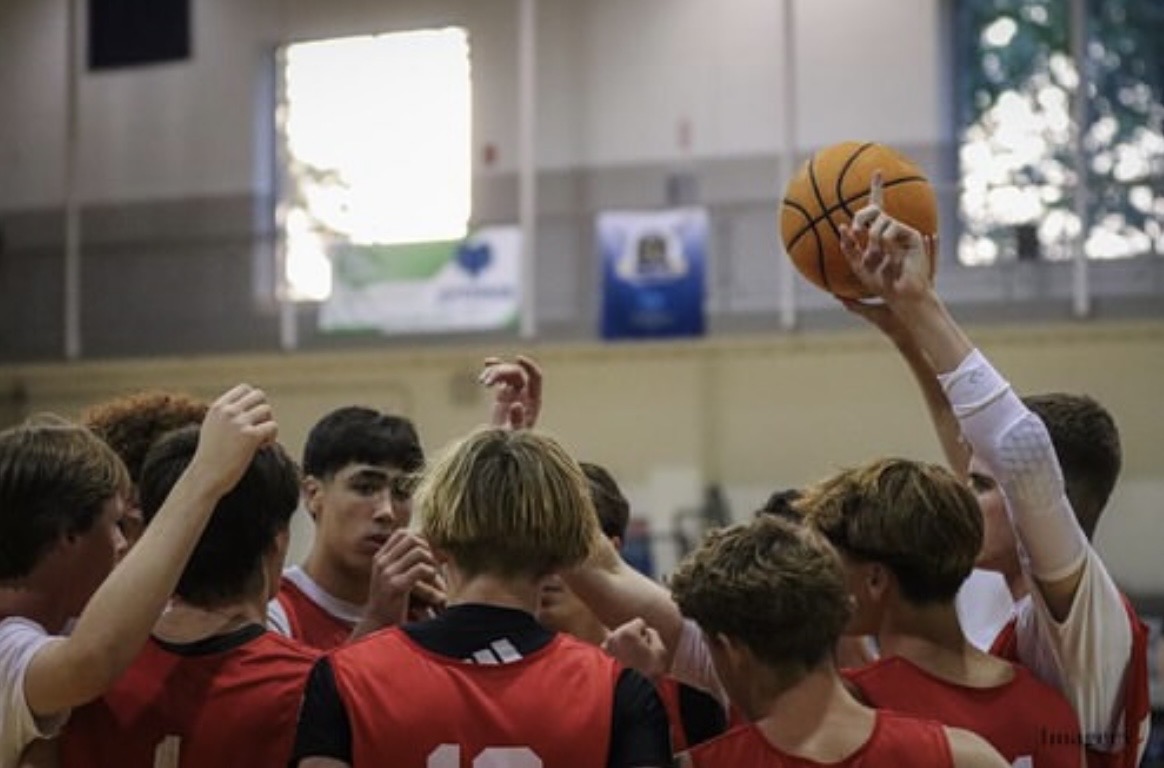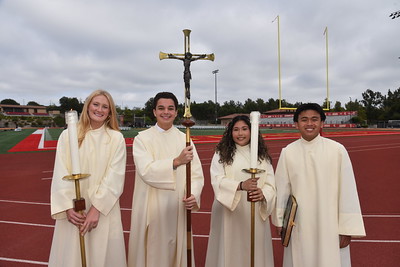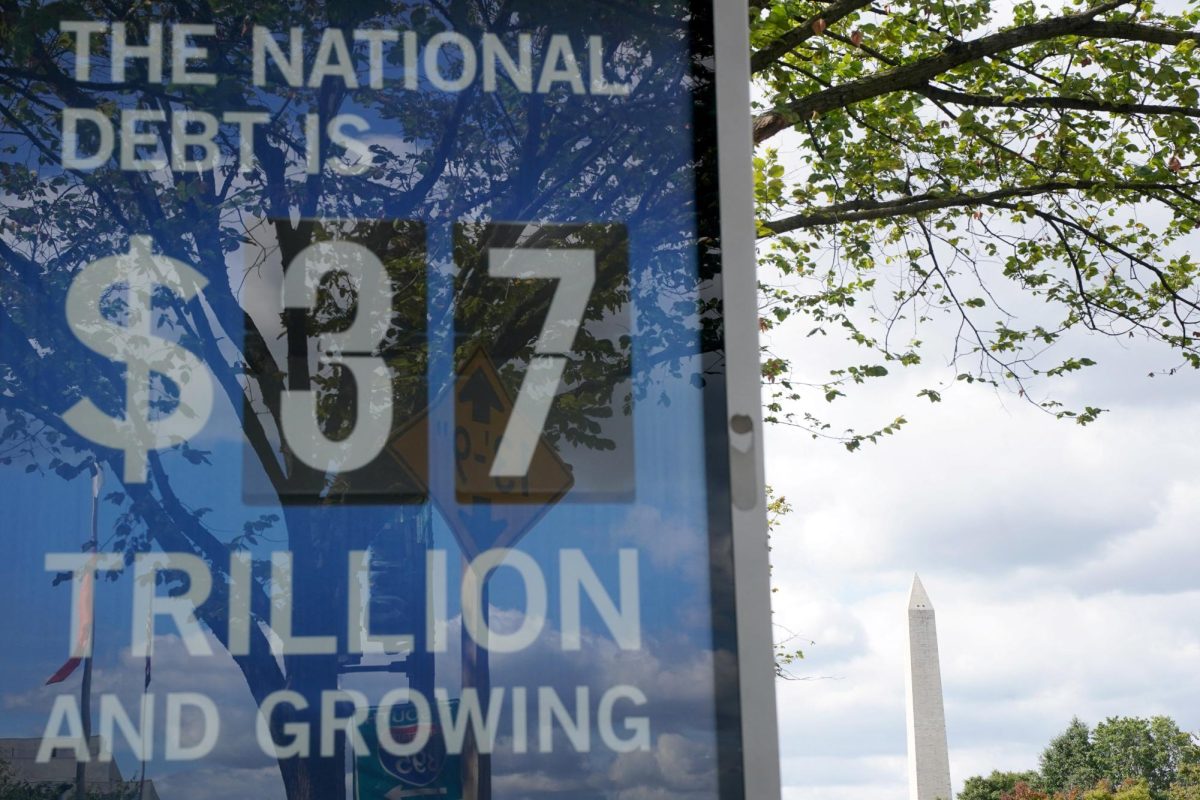How does AI Influence Creativity?
Art, such as this piece created in the 18th century, has been viewed and interacted with by millions of humans. Yet the presence of AI and more technological advances in this field have the capacity to change the way humans interact with art in a large way.
For the average American, the words “artificial intelligence” weren’t all that meaningful until recently. Yet new advances made within this program we now refer to as ‘AI’ have left many debating the consequences of engaging and relying on intelligence from a non-human source.
Strictly speaking, artificial intelligence refers to the use of computers for endeavors that typically require the intelligence of a human. For example, AI contests many areas of the human lexicon with abilities such as speech recognition, decision making, and translation between languages.
What does this mean for us?
AI is an intelligence that is constantly evolving. These systems work by taking in large amounts of information, fundamentally learning everything it absorbs: and learning these things at a faster rate than humans ever could. AI takes in this data, studies it for patterns, and then uses these patterns to make connections and predictions about the future. All of this seems like a deliberate, productive thought process for an intelligence that stems from an inhuman object.
We are a social species. We are constantly online, whether we are at home, at work, or at school. Our brains are constantly picking up new pieces of information, from posts online to News stories that catch our attention. We previously believed that these capacities for learning were unique to the human brain. And AI demonstrated just the opposite to be true.
As a student at Cathedral, I began to formulate many questions. What does this mean for education? Will there be a day where the human mind becomes obsolete, in comparison to the intelligence of AI? At what point does artificial intelligence cross a line; if any?
With answerless questions, such as these, I sought out the perspectives of two teachers at Cathedral Catholic, Mrs. Rybicki who teaches art and Ms. DeSantis who teaches English/Creative Writing: areas that have been greatly impacted by the advancements in AI.
“Just like any new technology, such as digital drawing and Procreate, there is a possibility that the current style of art and media of art will change. As easily as people pick up and try a new medium, they can pick up and try using AI,” Mrs. Rybicki says.
Throughout the history of our world, there have been countless art movements where new mediums and methods for creating have gone in and out of style. Ms. Rybicki explains that this is part of a natural evolution in our art world. As society advances, so do the things we, as humans, do.
“I think that AI is an interesting, experimental medium. However I like the tactile and physical qualities of art, and this is something that AI cannot replicate.”
Ms. Rybicki shares the same view that many artists do about art: valuing the physical process of painting a portrait or making a sculpture. This ‘physical quality’ is something that AI cannot capture, no matter how beautiful the piece of digital art is. Something to me about a landscape hanging in a museum seems infinitely more real than a digitally constructed image.
Many artists are growing more and more concerned with the increasing presence of AI. Kashmir Hill of the New York Times states that “AI generated images are winning art contests, adorning book covers, and promoting “The Nutcracker”, leaving human artists worried about their own futures”.
This struck a chord with me. If AI programs can do everything human artists can, if not more, then where is the incentive to create?
Where is the incentive for originality?
How can anyone possibly compete against an all-knowledgeable machine?
By increasing the influence and power of AI, have we, as humans, essentially contributed to our own demise, our own defeat?
These are some of my major fears as someone who is highly passionate about the arts. Obviously, there are aspects about human creativity that AI will never be able to replicate. Ms. DeSantis speaks about her experience as an English teacher, and how the new AI writing tool has impacted this subject.
“I spend a lot of time plugging essay prompts into AI, and picking up on common phrases that I see throughout,” she says. “Each student has a unique writing style, so I am usually able to differentiate between something that they originally wrote, and something that was generated for them.”
ChatGPT is the artificial intelligence that Ms. DeSantis is referring to. It is a chatbot that was developed by OpenAI, and it has the ability to write nearly anything for you. In this Chat you can adjust the word count you desire, copy and paste the prompt you were asked to write about, and much more. And the ChatGPT will be able to populate results. Real, writing results, in mere seconds.
“It’s important to develop writing skills, and to have original thoughts. When students get in-class assignments in college and they choose to rely on AI to do their writing for them, they will be at a disadvantage.”
As someone who loves to write, it greatly disappoints me that there is such a popularity surrounding ChatGPT among high school students. I completely understand the convenience of the Chat and why someone may use it, yet relying on this writing tool may have consequences in the future.
All of writing, for me, is emotion-filled and opinion-based. It’s difficult to be an impartial writer, because all of my writing is fueled by the experiences that I have and the world that I see. It pains me to see students relying on an outside source to write for them because at the end of the day, they are unable to develop a unique worldview and have the ability to express it in words. It is so much more engaging in the academic world to have a classroom full of students with differing beliefs and reasons behind them, than a classroom full of students with populated assignments and no opinion on the prompt that they were given.
Something about human-made art that really fascinates me is each artists’ unique, personal visions.
As individuals, we all have differing, unique backgrounds. We all have stories that make up our pasts, no matter what they may look like. Yet these stories, these experiences and passions are what artists and writers use to fuel their creations. In a way, every art piece is essentially an autobiographical representation of the world through someone’s eyes. Our unique perspectives are what make us human. Would Abraham Lincoln have been able to write such a powerful sign of hope as the Gettysburg Address if he had not seen the Civil War himself? Would Claude Monet have the ability to so skillfully detail the water lilies outside of his French home if he did not have two eyes to see them with?
This is what gives me hope for the future of art, the future of writing. Knowing that computers and programs do not have the ability to walk and live on this planet, to breathe in the air, is satisfying. For I know that human perspectives, that deep emotions and universal truths are something that AI can never use to its advantage. We were given hands to create and eyes to see for a reason. And detailing the experiences of this world, trying to make sense out of this seemingly inexplicable life, is what we were made to do. And that, to me, is something that humans can hold close: that learned intelligence may never conquer real human spirit.
